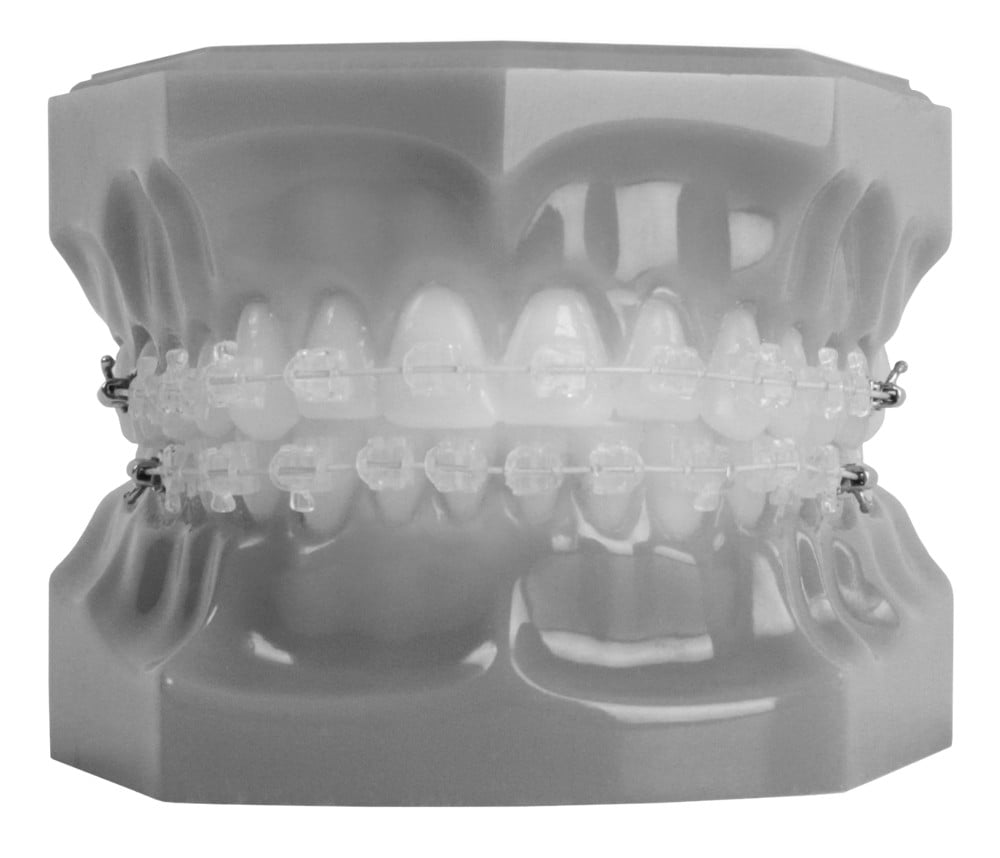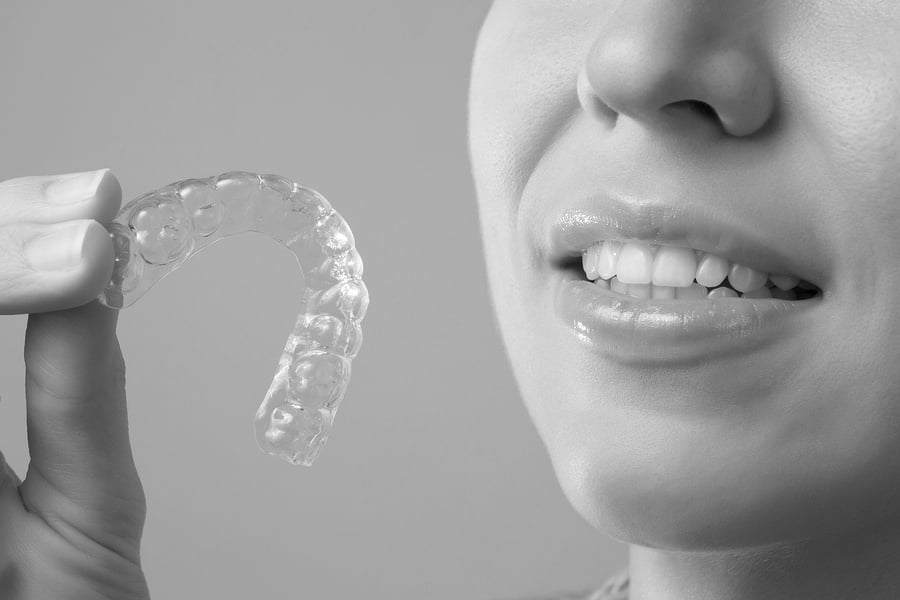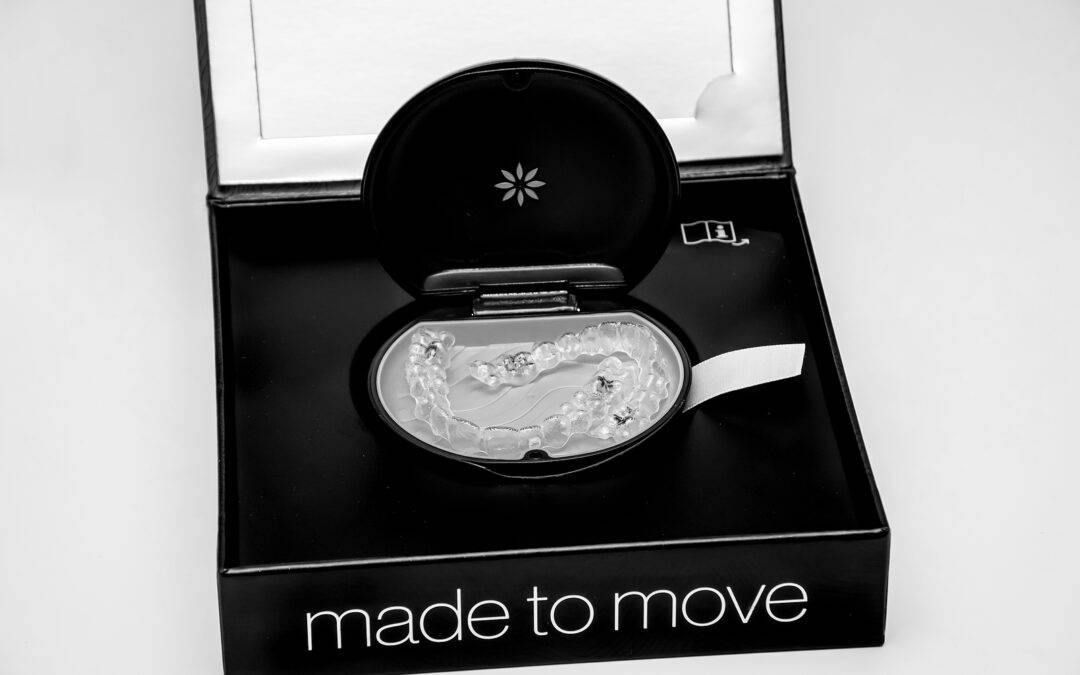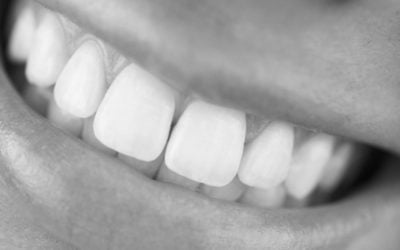The first designs for metal braces emerged around 1819 and today, these designs are still very popular and extremely effective in treating patients for misaligned teeth.

Metal Braces
Metal Brace Applications
Orthodontic appliances like traditional metal braces can correct the following issues:
Crowding – Teeth which are overlapping, very close together or have spacings/gaps between the teeth
Overbite – The top teeth protrude over the bottom teeth
Overjet – The front teeth protrude
Underbite – The lower teeth overlap the top teeth
Crossbite – The bite does not line up
Openbite – The teeth don’t meet when a person bites
Misplaced midline – Centre lines of upper and lower teeth don’t align
Metal Braces – Design Elements
Traditional metal braces are made up of hardware such as brackets and arch wires. Your orthodontist will place a bracket onto every tooth that the patient wishes to move and the arch wire is responsible for guiding your teeth.
Arch wires come in many different colours, which is great for motivating children who are feeling a little anxious about their treatment.
Treatment Process
During your initial consultation, your orthodontist will outline what is involved and answer any questions you may have. Following this the following steps will take place:
- Your orthodontist will take x-rays, photos and impressions of your teeth.
- The dental laboratory will then create your custom braces to an exact fit of your teeth.
- Your orthodontist will then clean your teeth and apply a glue to keep the brackets in position before the wires and bands are attached.
- You will need to attend regular check-ups once your brace is fitted so that your progress can be followed.
- Your teeth will become gradually straighter and your orthodontist will change your wires for stronger ones that are stiffer and contain less elasticity. This is so that they will have more control over your tooth movements.
After you complete the treatment (after 18 to 24 months), you will be given a retainer to wear. This is an essential part of treatment as it prevents your teeth from moving back into their original position.
Alternative Orthodontic Options
If you are worried about the appearance of your teeth during treatment and are not keen on metal braces, there are alternative options such as the following:
- ceramic braces, which use the same highly effective methods to straighten your teeth but have white or clear ligatures and brackets. This makes the appliance much more discreet than metal braces. The arch wire is tightened every 6 weeks and your progress will be carefully overseen by your orthodontist.

Ceramic braces
- Six Month Smiles®, a cosmetic solution for straightening the teeth which takes six months on average. Clear braces in tooth-coloured wires gently straighten the front teeth over the treatment period.

Six Month Smiles
- Invisalign®, another cosmetic solution using a unique design of clear aligners which go unnoticed by others. Invisalign is a removable treatment option and is popular mainly for its cosmetic appeal.

Orthodontics has developed to such an extent that in the 21st century, many options exist to fulfil your requirements and achieve the best results. You can read further information on our Orthodontic treatments here.







